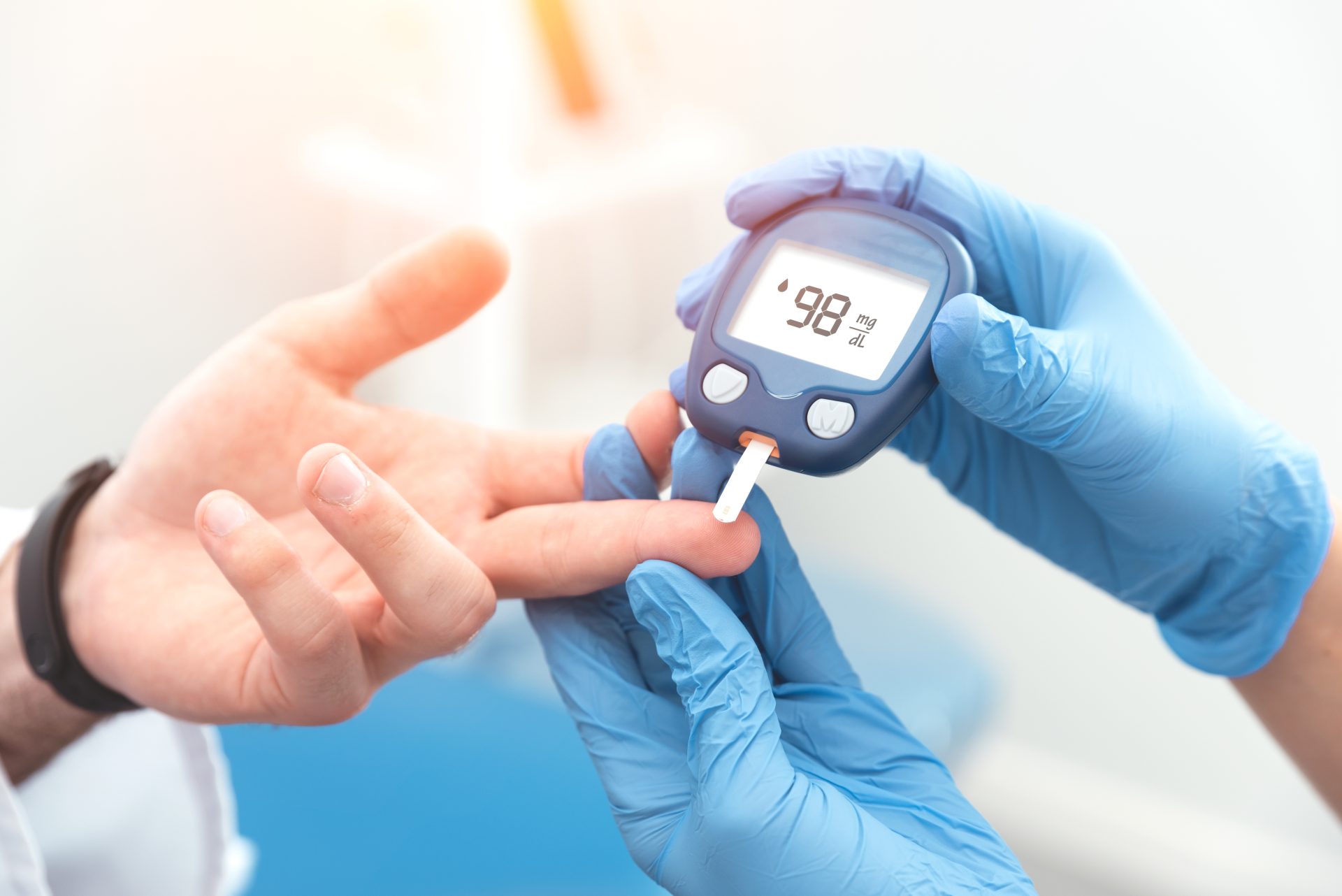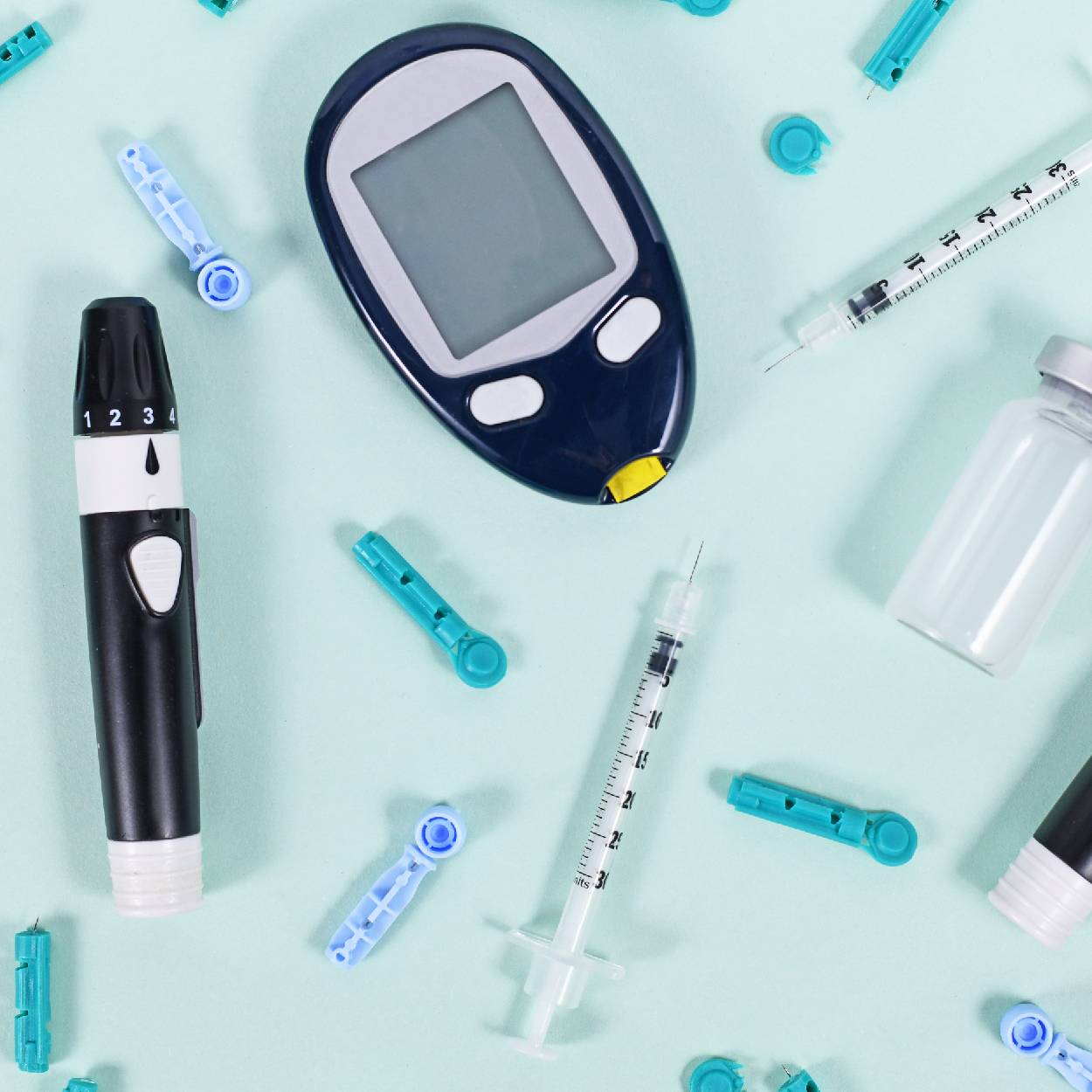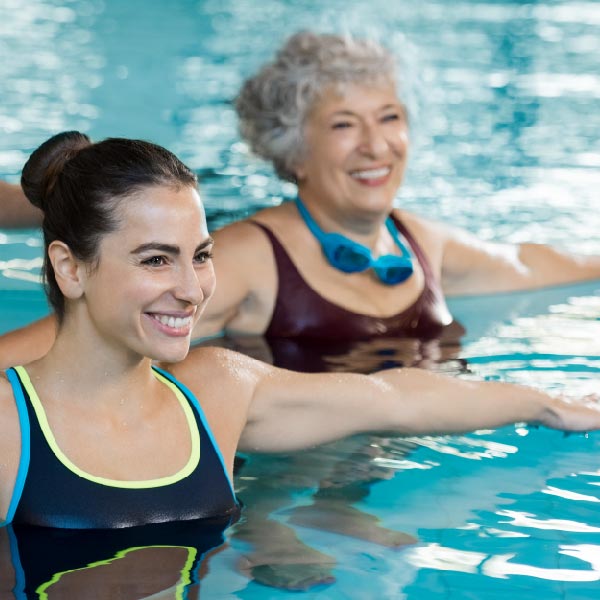White, brown, and wild are all options most of us love. For some, rice can be the ultimate trigger food. Rice contains carbohydrates and calories, and only 1/2 cup of white rice has approximately 26.72 grams of carbohydrates and 121 calories. Have you measured 1/2 cup of rice recently, it is a small serving size. I encourage you the next time you have rice, spoon it out on your plate and before consuming, guess how much rice is on your plate. Then go back and measure it and see how accurate you are estimating. We tend to underestimate servings and that is why we overeat. Servings are key to your glucose response two hours later, and this number will help you determine your appropriate serving size.
Cut Half the Calories
There was a new study conducted that showed a specific way to prepare your rice to cut half the calories. Sounds too good to be true, but it isn’t. By adding coconut oil to rice while cooking and then refrigerating overnight, 60% of the calories were cut. (1) The reason this happens is because this method increases the amount of resistant starch (RS). Resistant starch is not digestible in our bodies so it is not converted into fat or sugar.
In this study, rice was cooked with 1 teaspoon of coconut oil, about ½ cup of rice and simmered for 40 minutes or boiled for 20-25 minutes, it was then placed in the fridge for 12 hours to cool. The Sri Lankan researchers found that the calories were reduced by 50-60%, and tested this using 38 different kinds of rice, all with the same results. (1)
Cooking rice in this way, increases the resistant starch, which is not absorbed into energy or fat and has no calories, the resistant starch in the rice was increased by up to 10 times.
So why coconut oil?
According to this study, the coconut oil enters the starch granules during cooking, “changing its architecture so that it becomes resistant to the action of digestive enzymes.” (1) Other oil will be tested in future studies in addition to coconut oil. Would you be willing to cook your rice like this in order to half the calories? Or would it be easier simply to eat less rice? Maybe instead of having 2 cups of rice, decrease to 1 cup and increase your protein and vegetables? It would be interesting to see what this type of cooking method does to your glucose levels. Try this experiment: eat the same amount of rice cooked normally and eaten right away and check your glucose 2 hours after the meal; then on a separate occasion eat rice cooked with coconut oil, and cooled for 12 hours before eating. Check your glucose 2 hours after that meal. Is there a difference?
Do you think knowing the rice has less calories, would cause you to eat more, and essentially eat the same amount of calories anyway? Things to consider.
The study has also warned of food poisoning from reheating rice. It is not the reheating process, but how it was stored before being reheated that is the issue. (2) Rice contains spores, Bacillus Cereus, a bacterium that can cause food poisoning. When rice is left out too long, the spores grow bacteria that can cause diarrhea and vomiting. The longer cooked rice is left out at room temperature the greater the danger of this. Although this is a possibility, I have personally eaten reheated rice many times without any ill repercussions.
To help decrease the likelihood of getting sick, serve rice immediately after cooking, if not able, cool the rice as quickly as possible within 1 hour, keep rice in fridge no more than 1 day until reheating, and make sure rice is steaming hot when reheating and only reheat once. (2) Also when placing in fridge, place in a shallow dish, to allow for quicker cooling. So, if you want to try this cooking method, remember to refrigerate the rice within 1 hour of cooking, and according to this study you want to keep it refrigerated for 12 hours before eating.
References




